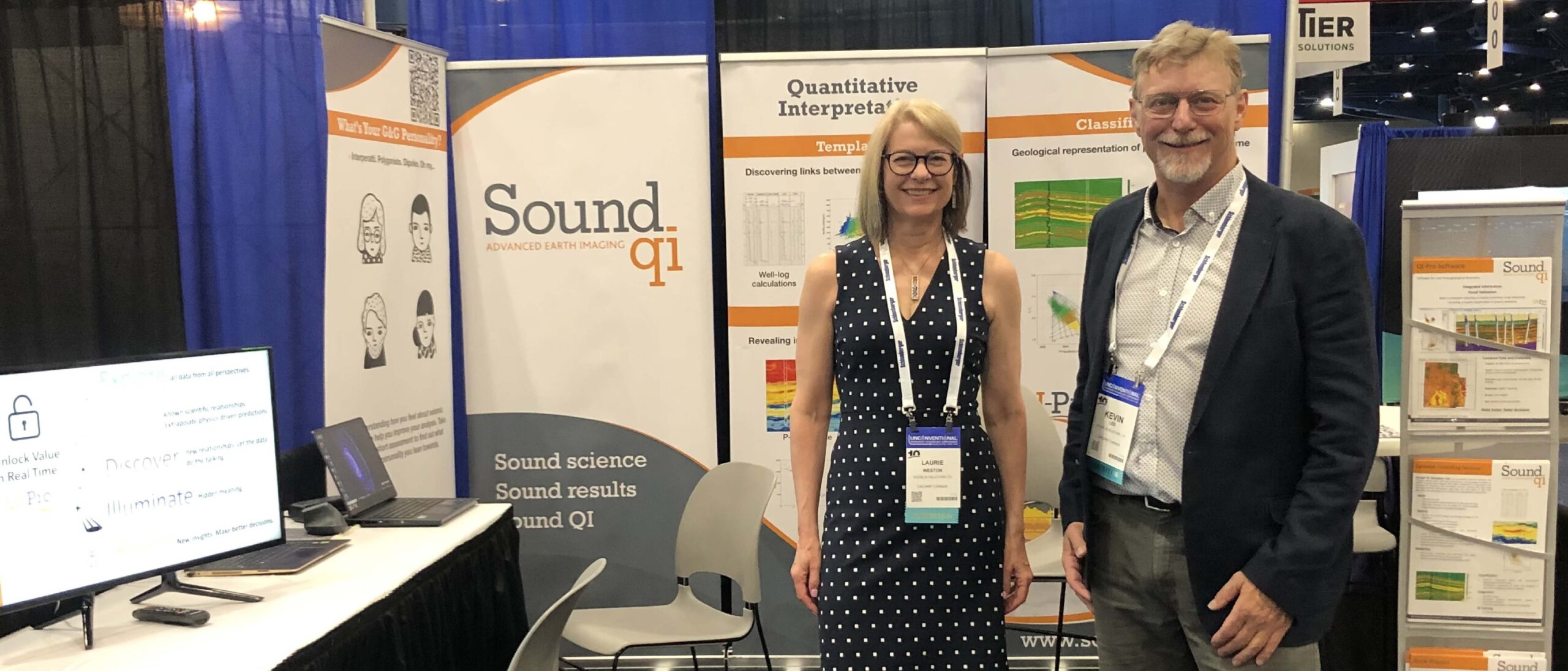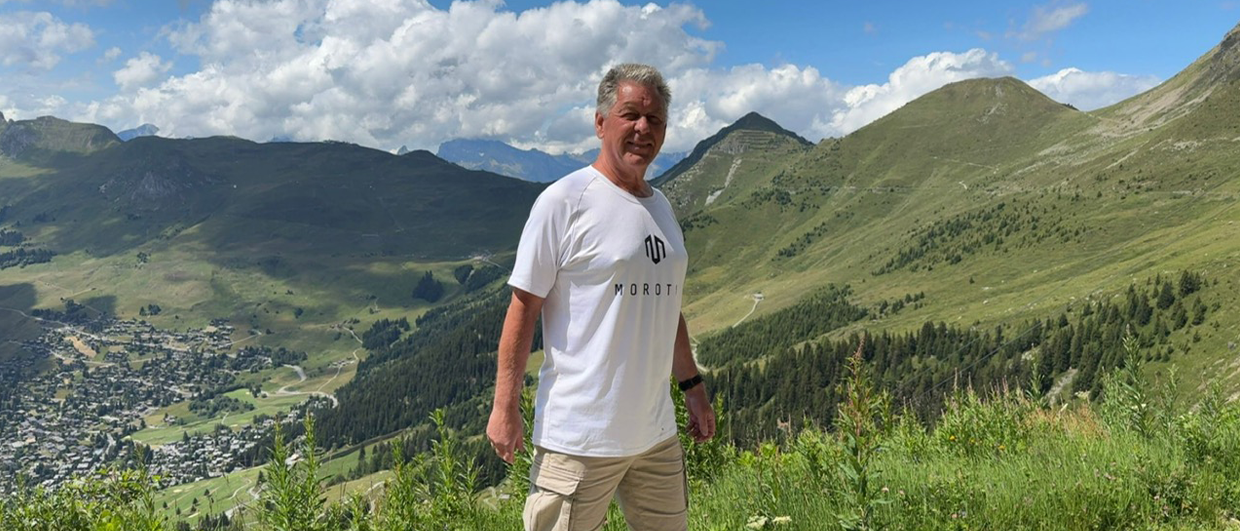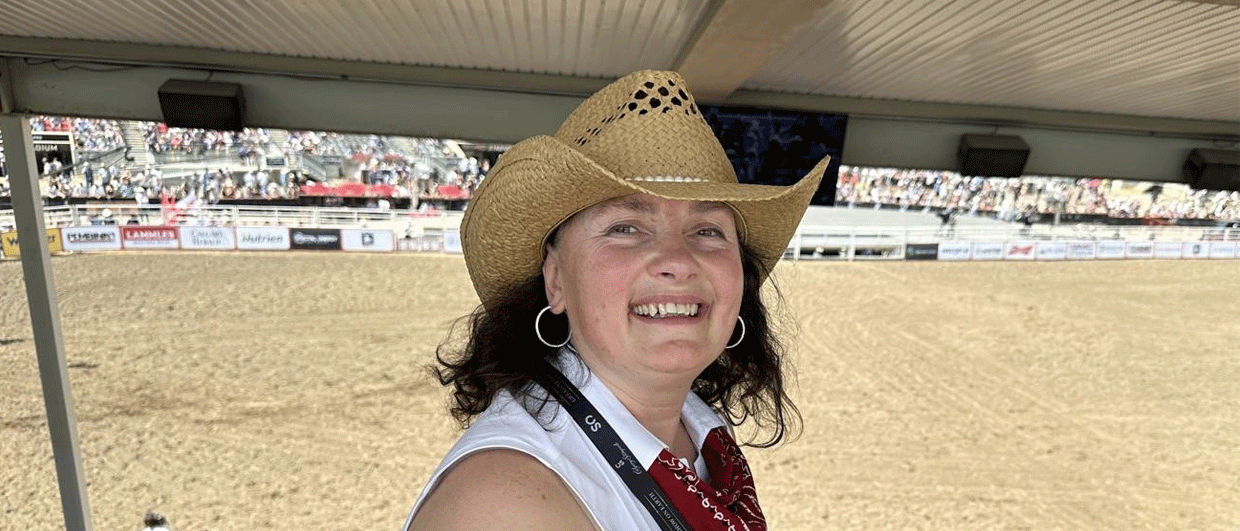The UK Oil and Gas Authority was recently set up as the regulator for both onshore and offshore oil and gas operations in the United Kingdom. Director of Exploration, Production and Decommissioning, Gunther Newcombe, tells us about its work and aims.
What is the remit of the OGA and how long has it been in existence?
The OGA was established in April 2015 as an Executive Agency of the Department for Business, Energy and Industrial Strategy (formerly known as DECC) following the publication of Sir Ian Wood’s report, UK Continental Shelf (UKCS) Maximising Recovery Review, in early 2014. The fluctuations in oil price since have created a challenging economic environment right across the operator and service sector chain, impacting on companies and on employees personally affected by the global downturn. This has underlined the need for a structural change in the way the UK oil and gas industry does business and galvanised a collaborative approach from government, industry and the OGA.
The overarching objective of the OGA is clear: to maximise economic recovery (MER) from the UKCS, supported by the MER UK Strategy which came into force in March 2016. Part of this is through our role as a regulator, licensing onshore and offshore oil and gas and carbon storage in a flexible and pragmatic way, but it’s about much more than that. We want to influence wider industry culture and behaviours, encouraging collaboration and promoting the UKCS as a basin still very much open for business and investment.
In October 2016 the OGA will be established as an independent government company, which formalises our position as a strong and effective authority with a full suite of regulatory powers including the ability to participate in meetings, access data, provide dispute resolution and introduce a range of sanctions and fines up to £1 million. Like the industry, we are bound by the obligations of the MER UK Strategy. We will continue to deliver on our priorities to drive collaboration, and to promote the remaining prospectivity of the UKCS, using our powers to have a positive, transformational effect.
How are the OGA and government working to best help the industry?
Gunther started his 35-year career with BP as a well-site engineer and geologist and has worked in London, Germany, China, Aberdeen, Norway, Indonesia, Houston and Venezuela.
We recognise exploration is key to revitalising the UKCS – it helps protect jobs, skills and the supply chain. Exploration drilling levels remain very low and we are working with industry to reverse this trend. High success rates and notable discoveries in the last 12 months highlight the remaining prospectivity within the UKCS.
Following the 2015 UK government-funded seismic shoot, which acquired more than 40,000 line-kilometres of new and reprocessed data from the Rockall and Mid-North Sea High (MNSH) areas, the data was made freely available in April 2016 and more than 7,000 data packages were subsequently downloaded by 65 companies and 14 universities, and provided on hard disk to many others. The success of this project led to the government awarding another £20 million for a second seismic shoot this summer. Following engagement with industry, the areas of South West Britain and the East Shetland Platform were selected. These surveys are expected to finish later this year and the data is scheduled for release to industry in Q2 2017.
As part of the 21st Century Exploration Roadmap project, we completed and published a rigorous analysis of the root cause of failed wells drilled in the Moray Firth and Central North Sea between 2003 and 2013. This highlighted the opportunity for significant improvement in technical work to avoid drilling poor prospects and prompted us to further implement a rigorous pre- and post-drill evaluation quality assurance process with operators in order to share lessons learnt from dry-hole analysis.
To support the next generation of geoscience professionals, we have provided £700,000 towards the development of a new 3D visualisation facility at the Lyell Centre at Heriot-Watt University in Edinburgh. It will benefit from state-of-the-art equipment for interpreting complex geological and engineering data. In addition, we have awarded £750,000 to support three post-doctoral appointments at Aberdeen, Heriot-Watt and Durham Universities.
Tell us about the recent OGA licence competition.
This competition was announced by the then Prime Minister, David Cameron, in January 2016 as part of a package of government support measures for the oil and gas industry. It was designed to encourage geoscientists to develop innovative interpretations and products using the data acquired during last year’s successful £20 million government-funded seismic surveys of the Rockall Basin and MNSH areas.
Following more than 60 applications from around the world, £200,000 was awarded to nine companies for feasibility studies and last month an additional £213,000 was awarded to three of those companies to complete their projects. The successful schemes included a hand-contoured depth-to-basement model of the Rockall and MNSH areas to provide insight into the foundation of the geological basement; a not-for-profit consultancy’s research focusing on source rock geochemistry; and finally, a small start-up integrating rock physics into the interpretation of the MNSH data set.
Despite the global downturn in the oil and gas industry, the overwhelmingly positive response to this competition highlights the tenacity and talent of the global geoscience community. All the projects submitted will provide greater insight into our understanding of the Rockall Trough and Mid-North Sea High areas, while adding value to our evaluation of 29th Offshore Licensing Round applications.
Given the high quality of the technical work delivered by all applicants, there is also the option for products to be integrated into other OGA exploration initiatives, such as the production of regional geological maps, to proactively influence and incentivise exploration on the UKCS.
How will the new Innovate Licence help?
The ‘Innovate Licence’ has been developed by the MER UK Exploration Board working in collaboration with OGA, the Department for Business, Energy and Industrial Strategy and an industry task group represented by a range of companies. Launched in time for the 29th Offshore Licensing Round, it replaces the four types of licences that were previously available within the UKCS. Feedback we received from industry highlighted the need for a change.
The Innovate Licence, which has a maximum period of nine years, offers a more flexible and pragmatic approach to licensing with potentially three sub-phases of activity and work commitments. We will work closely with licence holders to ensure appropriate work programmes are managed and delivered during each phase.
Is looking after assets important in ensuring MER?
A key outcome of the Wood Report was the establishment of an Asset Stewardship Strategy that sets clear expectations for industry on critical stewardship factors and enables us to work with each joint venture partnership to make certain they are met. The objective is to ensure that the OGA, operators and licensees are provided with the data, information, guidance and performance improvement steps required to undertake stewardship of their assets and infrastructure, consistent with the obligations set out by the MER UK Strategy.
Asset stewardship has four strategic elements, which include setting best practice stewardship expectations; a rationalised industry data survey to remove complexity and duplication; utilising UKCS data to benchmark assets for production efficiency, OPEX and decommissioning costs; and stewardship reviews between the OGA, operators and licensees.
Stewardship expectations and the rationalised industry data survey are expected to begin in the last quarter of 2016, with the first full cycle of asset stewardship, including reviews and benchmarking, complete by 4Q 2017.
Further information
UK OGA website
MER ‘Wood report’ (pdf)
MER UK Strategy 2016
Unlocking the UK North Sea’s Hidden Wealth by Henry Morris, Azinor Catalyst
Endgame for the North Sea? by Will Thornton
Maximizing Recovery by Will Thornton





